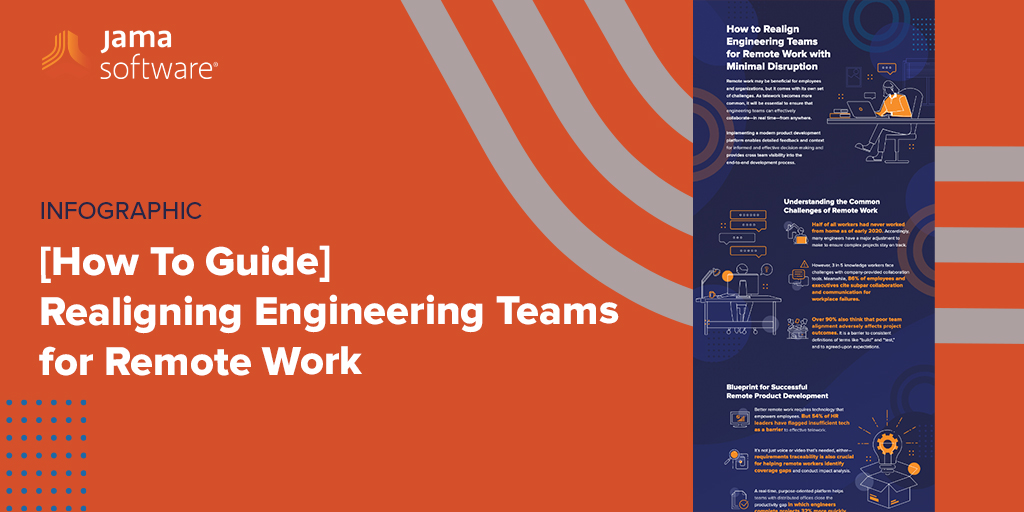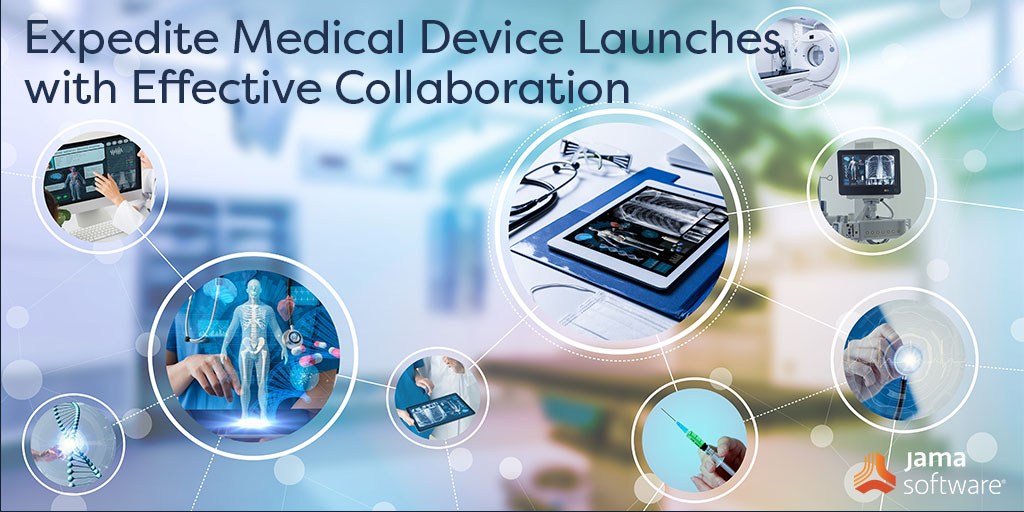
This post is part of a series written by Alan Demers, founder of InsurTech Consulting and author of Insurance Thought Leadership. Stay tuned in the coming months for more.
The Top Challenges of Property & Casualty Insurance Product Development
Today’s P&C Insurance landscape is both vibrant and facing major disruptive change. With the top 10 carriers commanding well over 70% of the personal lines, auto and home insurance market and hundreds of additional carriers making up the balance, things were already highly competitive. Growth in digital channels has altered insurance shopping and buying behaviors adding to the commoditization trend of insurance products, making it easier than ever to switch carriers, especially for auto insurance. Telematics for auto, IoT, and smart home technologies are engaging consumers differently and offer the benefit of avoiding and mitigating losses as the industry shifts towards risk prevention from traditional sole protection and indemnification models. These are just a few noteworthy trends among a host of automation efforts, new insurance models and products – all happening throughout the recent insurtech movement.
Commercial lines continue to become more vertically specialized, particularly in small business lines. New insurtech entrants tend to focus on disrupting select product lines where larger, multiline established carriers may underserve certain business owners and markets.
The P&C industry is moving through a broad range of innovation with over $15 billion during 2021 in venture capital investment and scores of outside influences converging on this 100+ year industry like never before. Meanwhile, established carriers are pushing through multi-year legacy system transformations, heavily investing in innovation while striving to modernize core processes which have historically been manual and people centric.
Each of these variables are pressuring insurers to lower operating costs while automating and launching new products to differentiate and compete in protecting market share with only a handful of carriers capable of gaining share. New products and revisions to existing insurance products demand calls for rapid speed to market vs. traditional launch times that typically span up to a year or longer. The insurance product development process is highly dependent on effective requirements management and constant cross-functional team collaboration, which is vital to avoid costly delays, defects, and premium refunding due to undetected errors.
RELATED POST: A Guide to Requirements Elicitation for Product Teams
Challenging Remote Workforce Barriers
Insurers are highly people driven organizations and are well-known for having siloed organizations given the pervasive scale and specialized work teams. When it comes to developing and launching a new insurance product – it truly takes a village. Stakeholders and contributors span from several highly specialized areas, including actuarial, pricing, underwriting, legal, claims, marketing and distribution to name a few. Thus, collaboration does not always come naturally nor easily. Associate engagement and company culture are top priorities and having the right tools and technology can make a big difference given that much of insurance product development relies on, legal research, specialized rate making expertise, approvals and decisions often made through emails and organized via spreadsheet tracking. Some use collaboration platforms and shared drives, which can be helpful but lack versioning, baselining, uniformity and most importantly change and impact analysis due to ineffective live traceability.
While carriers are adopting automation, much of the attention is on gaining new customers, services, distribution, and overall efficiency gain. Digitization, self-services, and artificial intelligence for predictive analytics are a few examples. New data sources, such as geospatial and personalized data and image analytics are being leveraged from underwriting to claims management. Automation of internal processes such as pricing (ratemaking) and product development have seen lesser insurtech funding and focus and tend to be less obvious or viewed as more complicated areas to solve in comparison. Leading insurance companies have recognized these processes must receive greater attention to drive competitiveness and increased speed to market.
Speed to market and quickness to revise and modify products have many obvious benefits in today’s highly competitive P&C insurance marketplace. Most would agree that the typical insurance policy itself is quite complicated. A look behind the scenes at the process of pricing, rate making and filings with respective state departments of insurance along with attendant policy administration and IT programming is where the real complications begin. After all, insurance premiums are priced on an individualized basis by design. In other words, each consumer, or segment of customers more realistically, have differing risk profiles and thus different price points which can number in the thousands of different rates for a single product.
RELATED POST: The Real Intent of Model-Based Systems Engineering (MBSE) – Keeping Up with Complexity
Industry Regulations
The US insurance industry is regulated on an individual state level through each respective department of insurance, responsible for approving products and regulating rates among other consumer protection focal areas. Additionally, each state has a bevy of insurance regulations, statutes and common laws and each insurer has differing marketing, regional considerations and so much more to balance when it comes to launching new products. With all of this in mind, it is easy to see how errors can be made or interpretations might differ, only to be discovered at a later time, which adds cost and increases regulatory scrutiny.
There is a lot to be said about doing things right the first time by being able to test, trace and apply impact analysis early and often. The consequences of product defects are most visible during so-called market conduct studies performed by departments of insurance which can result in penalties, fines, and premium refunds. Or, a carrier may self-discover a defect and proactively take measures. Either way, the amount of resources and efforts to identify root causes and deploy remediation measures are extremely costly and often harmful to the brand itself. Less visible scenarios can occur during product development cycles and simply result in time delays, re-work and fixes which account for the extra time to launch or altogether delay and avoid making revisions to existing products. The stakes are high in terms of costs and missed opportunities. Insurers investing in tools and technologies to build insurance products better and more efficiently can enjoy a competitive advantage.




